Playing cards, including tarot, have long been employed as tools for divination, self-reflection, and introspection. While the standard deck of cards is often seen simply as a means of entertainment, it harbors a rich array of meanings and interpretations that resonate deeply within the human experience. As we delve into the symbolic language of tarot cards, we pose a playful question: how do the combinations of these seemingly innocuous cards challenge our perceptions and guide our actions?
At its core, tarot comprises a deck of 78 cards, divided into the Major and Minor Arcana. The Major Arcana features 22 cards, each representing crucial life lessons or archetypal themes, while the 56 Minor Arcana consists of four suits—Wands, Cups, Swords, and Pentacles—that delve into the day-to-day aspects of life. The interplay between these cards unfolds a tapestry of meanings that engage the mind and stir the soul.
Consider the Fool, the card numbered zero. This symbol often embodies new beginnings, spontaneity, and the innocent exploration of the unknown. But, does the Fool’s carefree approach present a challenge? One could argue that this card beckons us to shed our inhibitions and heed the call of adventure. Yet, it simultaneously poses the question of whether we are ready to embrace uncertainty. Will you take that leap into the abyss of possibility, or will you hold back, clinging to the familiar and safe?
Moving on to the Major Arcana reveals a host of compelling motifs. The Empress, for instance, embodies fertility, abundance, and nurturing energy. This card invites us to examine areas of our lives where we might cultivate growth. Are there dormant dreams yearning for the sustenance of action? The challenge here lies in recognizing that while the Empress offers encouragement, it also requires us to actively participate in the creative process. Will you transform potential into reality, or will inertia hold you captive?
The tower stands as a formidable archetype within this league of cards. Typically evoking feelings of dread, the Tower represents sudden upheaval, chaos, and revelation. It serves as a stark reminder that change is often accompanied by destruction. The challenge lies not in avoiding turmoil but in embracing the transformation it heralds. Can we confront our fears and emerge wiser from the ashes of what once was? This card compels us to ascertain whether we are prepared to dismantle failing structures in pursuit of a more authentic existence.
In addition to these evocative images, the Minor Arcana holds significant value in elucidating the nuances of everyday life. For example, the Three of Cups expresses themes of unity, celebration, and communal harmony. This card reminds us of the immense joy found in companionship and shared experiences. However, the flip side introduces a challenge: in times of festivity, are we becoming detached from our individual selves? The balance between shared joy and personal fulfillment becomes a delicate dance.
As we explore the Suit of Swords, we unearth a different narrative. The Suit often tackles conflict, intellect, and the oft-abstract concepts of truth and justice. Take the Two of Swords; this card symbolizes decision-making, impasse, and the necessity of compromise. The challenge lurks within the choice itself—what happens when avoidance becomes our primary strategy? This card compels introspection, urging us to confront our fears instead of retreating into familiar denial.
Turning our gaze to the realm of Cups invokes emotional exploration. The Six of Cups, for instance, brings forth nostalgia and memories of childhood satisfaction. It implores us to reconnect with our roots and source joy from simpler times. However, the question arises: does dwelling on the past hinder our progress in the present? This card challenges us to find equilibrium between reminiscence and forward momentum, reminding us that the past, while formative, should not stifle our future.
As we advance through the suits, the Suit of Pentacles invites a deeper inquiry into our material world. The Eight of Pentacles emphasizes diligence, skill development, and patience. Here lies a duality: while persistence is key to mastery, it begs the question of whether we risk becoming overly focused on work at the expense of leisure or creativity. Are we engaging in work that fulfills us, or are we merely plugging away at tasks that only serve to pay the bills?
At every turn, tarot reveals itself not merely as a mechanism for fortune-telling but as a profound conduit for self-discovery. Each card brings its own blend of potency and delicacy, offering insights framed within life’s eternal dilemmas. The challenge now, as we engage with these cards, is to stay attuned to the lessons they impart. Do we summon the courage to confront the questions they raise? Can we navigate the multifaceted landscape of our lives with the wisdom that emerges through the tarot’s intricate symbols?
Ultimately, engaging with tarot is an invitation to peer into the nuances of our lives and illuminate the shadowy corners of our psyche. The dance between chance and choice unfolds as we uncover the layers of each card. In doing so, we not only expand our understanding of ourselves but also open doors to transformation and growth. So, the question remains: are we ready to embrace both the joy and the challenge that tarot presents, knowing that within its depths lie profound revelations that can guide our paths forward?

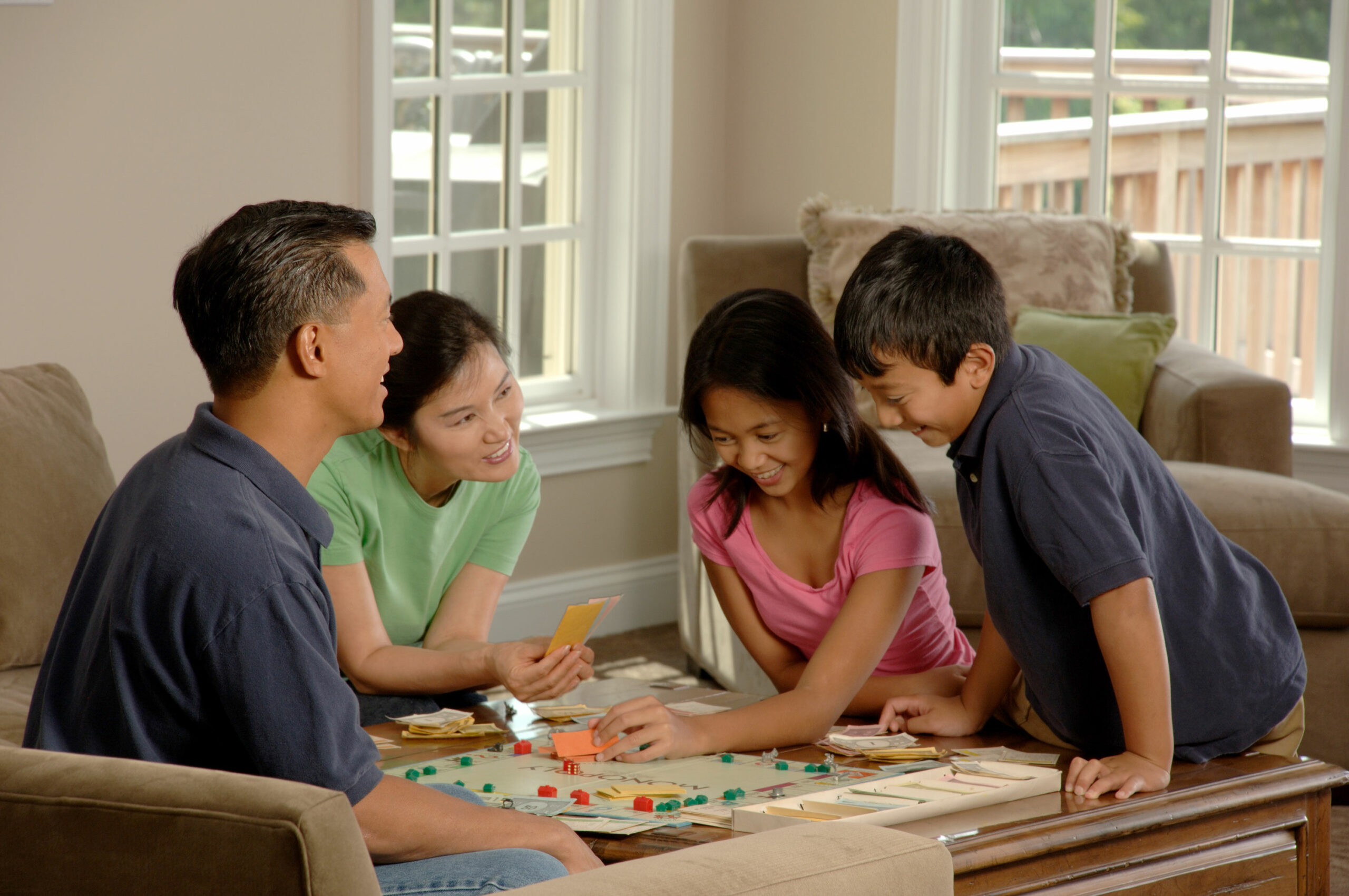

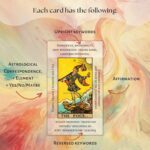
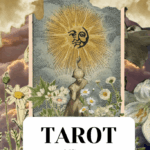
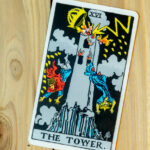
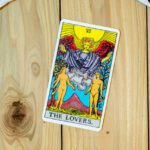



Leave a Comment